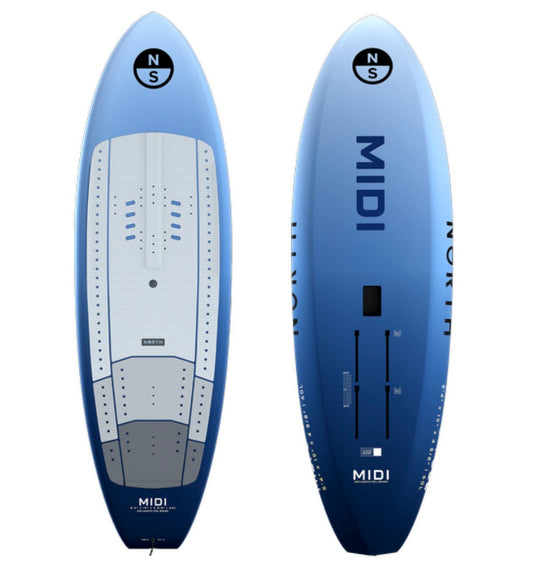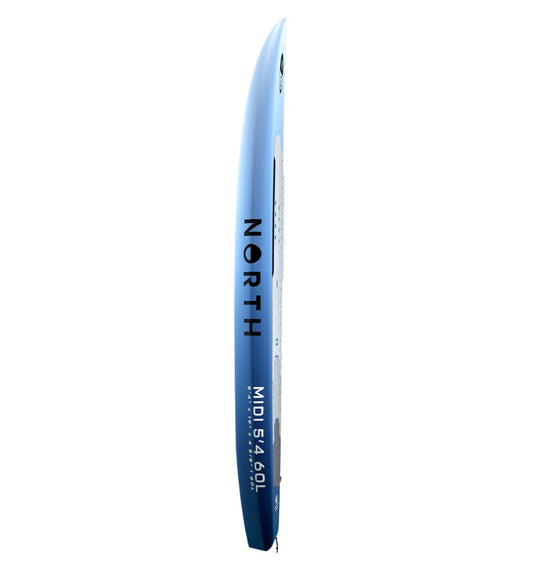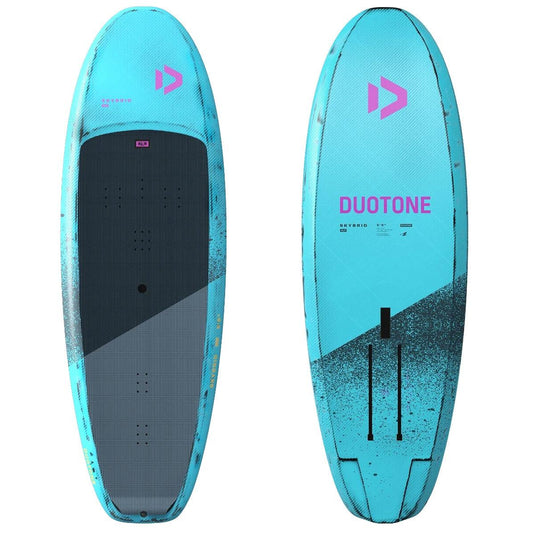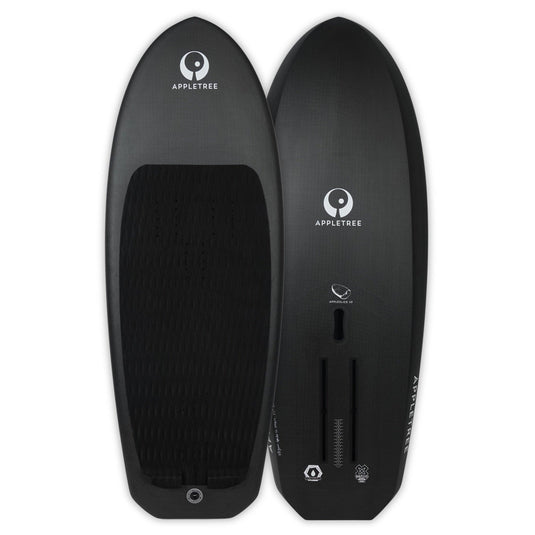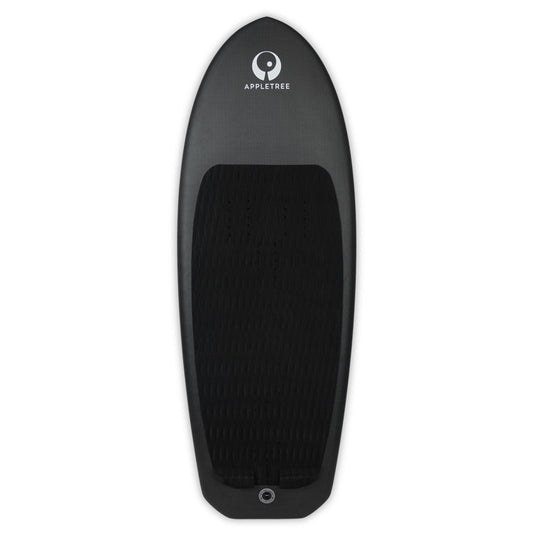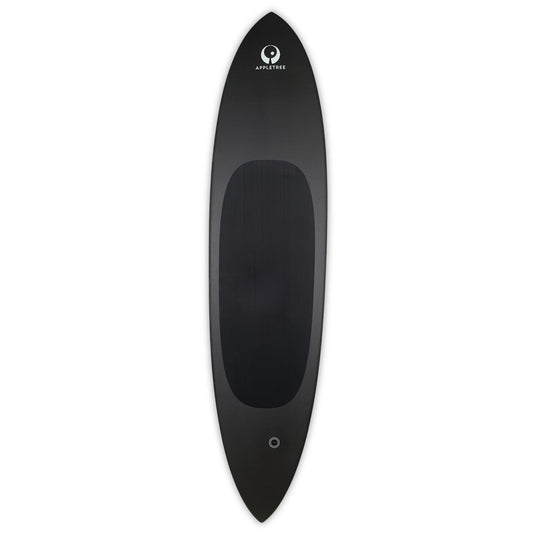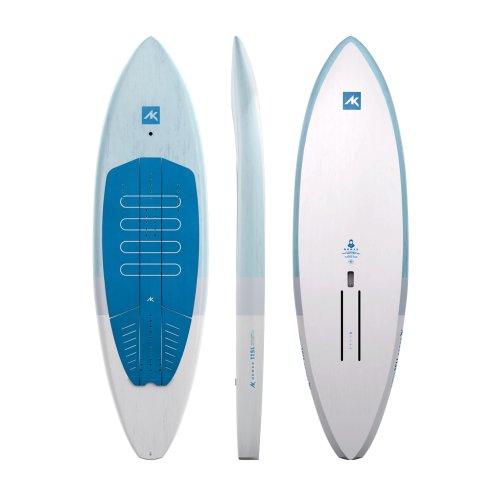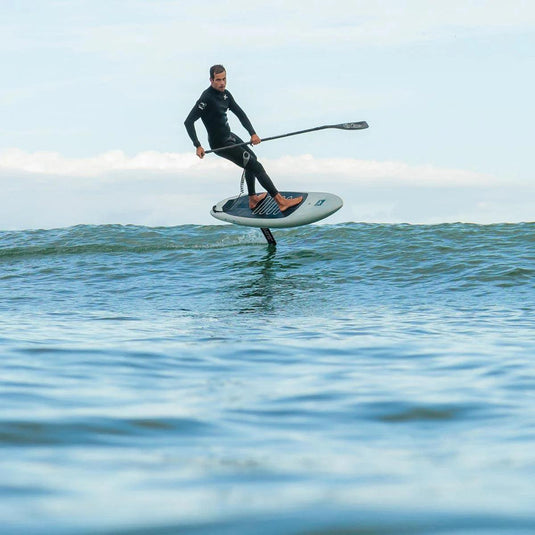
Parawing Foilboards
Parawing Foilboards | Mid Length / Downwind / Wing
The Parawing was invented to make downwind foiling easier and more accessible. Traditional paddling up downwinding is extremely demanding physically and technically whereas the wing from wing foiling is cumbersome and bulky, limiting your freedom to truly surf the swell and waves of lakes and oceans.
The perfect parawing boards combine the best elements of winging, downwind foilboards, and mid-length designs.
Size and Volume
Parawing foilboards generally have moderate to high volume for easier early takeoff and enhanced stability. However, advanced models are trending toward lower volumes for increased agility and performance. Remember that volume helps you get on foil even with low sail power—the Parawing doesn't pull like a kite or wing.
Volume Guidelines
- Beginner - Choose 20-30L over your body weight (in kg)
- Intermediate Riders - Can get +/- 10L of your body weight (in kg)
Shape and Design
Shape - Ideal parawing foilboards are typically flat and wide in the middle, featuring a soft edge planing hull for quick takeoff and stability. The nose and tail are often tapered to reduce swing weight and improve maneuverability on foil. The Duotone Skybird SLS Wingboard is a great example of this is design.
Width - Common widths range from 20" and 24", depending on the board’s intended use, rider size and skill level. The larger sizes of the North Midi Mid-Length Foilboard offer a great option.
Thickness - Ranges from about 2.7" (for smaller, advanced boards) to over 6" (for larger, high-volume models). The Unifoil Nimitz Downwind board is 6'' thick provides a good platform for learning Parawinging.
Length
Typical Length - Most parawing foilboards range from 4'6" (small, advanced) to 6'6" (large, beginner/intermediate)
Mid-Length Boards - Many riders choose boards in the 5'6" to 6'6" range for a balance of stability and agility. This is the best choice especially if you already own a mid-length board for wing foiling—it's the perfect crossover.
Important Note: Longer downwind boards can become tracky and pitchy, making them harder to redirect due to their length. Since there's a sweet spot direction for getting going on the parawing (about 30 degrees off complete downwind), longer downwind boards can make this more challenging.
Key Points | Rider weight & Skill Level
Versatility - Parawing foilboards work seamlessly with both traditional wing foiling wings and parawings, making them adaptable to a range of wind conditions and riding styles. They can also be adequate for downwinding and paddle ups.
Performance - Advanced models focus on minimizing volume while maximizing efficiency, enabling quick takeoffs even in lightwind conditions.
User Experience - These boards are generally easy to maneuver and offer excellent floatation, with features that make them suitable for both beginners and advanced riders, depending on the chosen size and volume.
Ready to discover Parawing foiling? Read our comprehensive blog : Foil Freedom Awaits : Grab a Parawing!
GH Parawing You Tube Videos
Subscribe to our newsletter
Promotions, new products and sales. Directly to your inbox.







